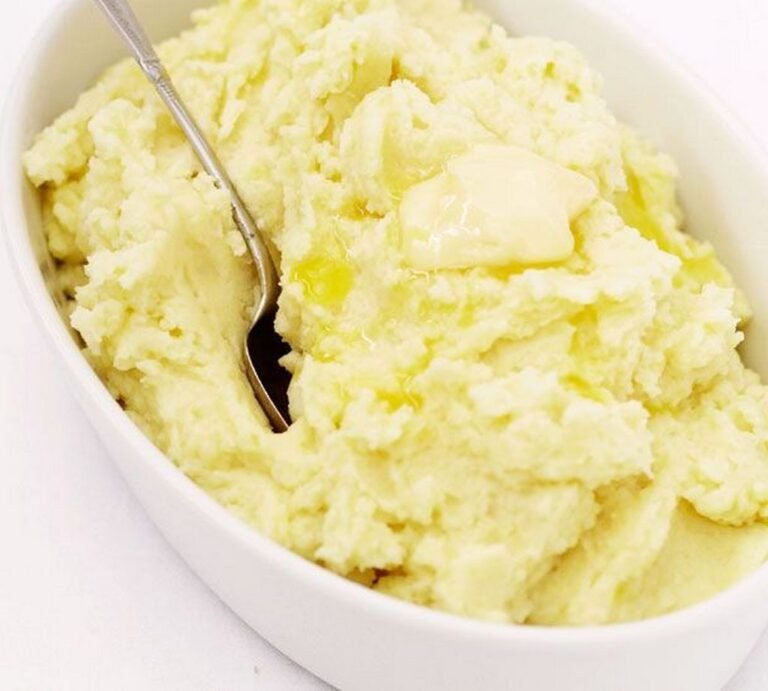Parchment Paper Consumption in the Food Industry: Key Statistics
When I first ventured into the world of cooking, parchment paper felt like one of those “extra” tools—nice to have, but not essential. I’d see it in recipes or on fancy baking shows and think, do I really need that? Once I began baking often and trying new things like roasted vegetables, delicate fish, and homemade granola, I finally got it. Parchment paper wasn’t a luxury—it was a lifesaver. No more scraping burnt cheese off pans or scrubbing for hours.
That thought made me wonder: was I just late to the trend, or had parchment paper become essential for both home cooks and pros? Why has it become such a beloved part of modern kitchens—and how much of it are we actually using?
In this article, we’ll dive into the surprising statistics behind parchment paper consumption in the food industry. You’ll also get a glimpse into the trends, professional usage, and what’s driving demand today.
The Rising Demand for Parchment Paper
A Surge in Usage
The food industry has seen a dramatic increase in the use of parchment paper over the past decade. In 2010, global consumption was around 350,000 metric tons. Fast forward to today, and we’re looking at numbers exceeding 700,000 metric tons annually. That’s a twofold increase! This increase matches the trend in baking and the demand for non-stick, easy-clean options in commercial kitchens.
Baking Boom and Parchment Paper

One of the driving forces behind this increase is the baking industry. According to the National Baking Association, around 70% of bakeries use parchment paper daily. Whether it’s lining cookie sheets or wrapping dough for proofing, parchment paper has become a go-to tool.
| Year | Global Consumption (Metric Tons) |
| 2010 | 350,000 |
| 2015 | 500,000 |
| 2020 | 650,000 |
| 2025 (est.) | 750,000 |
Why the Food Industry Loves Parchment Paper
Versatility and Convenience
I can’t count the number of times parchment paper saved me from scrubbing stubborn food residues. In professional kitchens, time is money, and parchment paper offers an easy cleanup solution. It’s versatile. You can use it to line pans or make piping bags. This makes it a must-have tool for chefs and bakers.
Health and Safety Benefits
Health-conscious consumers have also driven the parchment paper market. Parchment paper is a safer choice for cooking and baking. Unlike aluminum foil, it won’t react with acidic foods. This aspect has led to a 20% increase in its use in health-oriented food production companies over the last five years.
Sustainable Options
With the shift towards eco-friendly practices, many food companies now prefer using compostable parchment paper. Statistics show a 15% annual increase in the adoption of biodegradable parchment options. This change shows the industry’s focus on sustainability. It aims to cut its environmental impact while still maintaining quality.
| Reason | Percentage Increase in Use |
| Versatility and Convenience | 40% |
| Health and Safety | 20% |
| Sustainable Options | 15% |
| Check out: The Eco-Friendly Parchment Paper Revolution in Cooking |
Professional Chefs Embracing Parchment Paper
Professional chefs around the world rely on parchment paper more than you might think. In high-pressure kitchens, it’s prized for its ability to streamline prep work, prevent sticking, and reduce cleanup. Parchment paper is a trusted tool for many kitchen tasks. You can use it to line baking trays, wrap fish en papillote, or make piping cones for icing. It helps ensure precision and consistency in your cooking.
Many restaurant trends now show a move to parchment paper. This change is due to practical needs and eco-friendly choices. Some kitchens use it to cut back on nonstick sprays or oils. Others prefer it for its compostable and biodegradable features. It’s common in bakeries and patisseries, where clean presentation is key and sticking is unacceptable.
Here’s a quick look at why chefs love it:
| Use Case | Benefit |
| Baking pastries | Even browning, no sticking |
| Roasting vegetables | Easier cleanup, less oil used |
| Steaming fish | Locks in moisture and flavor |
For pros, parchment isn’t just paper—it’s performance.
Regional Trends in Parchment Paper Usage
North America Leads the Way
North America, especially the United States, leads the parchment paper market. It makes up 35% of global consumption. Home baking grew during the pandemic. Many people chose parchment paper for their sourdough and pastry projects.
Europe’s Eco-conscious Approach
In Europe, the focus is on sustainability. Countries like Germany and Sweden have reported a 25% increase in the use of biodegradable parchment paper over the past three years. This change matches the EU’s strict environmental rules and the rising demand for green products.
Asia’s Growing Market
Asia is catching up fast, with an annual growth rate of 10% in parchment paper sales. The growing food industry in China and India has sparked this rise. More bakeries and confectioneries are opening up, driving demand.
| Region | Market Share (%) | Annual Growth Rate (%) |
| North America | 35 | 8 |
| Europe | 30 | 7 |
| Asia | 25 | 10 |
| Others | 10 | 5 |
Consumer Preferences and Trends
Consumer preferences are shifting, especially in the baking aisle. Home bakers now pay closer attention to what goes into their kitchens, and parchment paper is no exception. Buyers want products that match their baking needs and care for the environment. They choose unbleached varieties and look for compostable options.
So, what exactly are people prioritizing?
Top Priorities for Home Bakers:
- Non-toxic and chemical-free materials
- Easy release and non-stick performance
- Compostable or recyclable packaging
- Unbleached, natural appearance
In response to demand, brands are innovating. Compostable parchment rolls and reusable silicone-alternative sheets are gaining traction. Sustainability isn’t just a buzzword—it’s becoming a standard.
| Trend | Why It Matters |
| Eco-friendly options | Reduces kitchen waste |
| Natural materials | Safer for food and families |
| Durable parchment | Prevents tearing during baking |
As awareness grows, so does the market for greener parchment choices.
The Future of Parchment Paper in the Food Industry
Innovations and Advancements
Looking ahead, the food industry is poised to embrace more innovations in parchment paper. Companies are investing in heat-resistant, non-toxic, and multi-use parchment papers. These advancements target professional kitchens and home cooks. They offer durability and convenience.
Sustainability at the Forefront
Sustainability will continue to drive the market. As more food companies commit to reducing waste, the demand for eco-friendly parchment paper will likely grow. Projections suggest that by 2030, 50% of the parchment paper used in the food industry will be biodegradable.
Consumer Trends
Consumer preferences will also shape the future. People are more aware of how they cook and what materials they use. So, the trend of using parchment paper, especially sustainable types, will grow stronger. This shift will likely result in a 30% market growth over the next decade.
| Year | Projected Biodegradable Usage (%) |
| 2025 | 35 |
| 2030 | 50 |
| 2035 | 65 |
Conclusion
Parchment paper’s rise in the food industry isn’t just a passing trend—it’s here to stay. Parchment paper is a must-have in the kitchen. It’s easy to use and versatile. It also helps with healthier cooking and supports sustainability. Innovations and eco-friendly practices will strengthen its role in home kitchens and professional settings as we move ahead. So, next time you pull out that sheet of parchment paper, know you’re part of a broader trend reshaping the culinary world.

Kathy is a restaurateur, artist, and blogger. After spending more than 10 years in the restaurant industry, she has decided to go digital and share her expertise and experience online.






